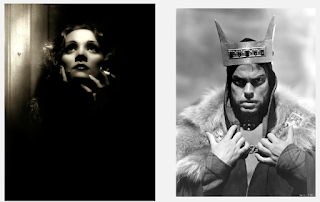Blog feedback and LR
WWW: Your blog is fully up to date and your reflection on the mise-en-scene recreation is exactly what I want to see in an LR task. I completely agree regarding the attention to detail in terms of movement and expression and you’ve also summarised the importance of mise-en-scene effectively. EBI: The area to focus your attention is the level of depth and detail to your analytical tasks. For both the film poster analysis and mise-en-scene tasks you rarely write more than a few sentences of analysis. For the top grades at A Level you will need to offer a lot more detail, exploring a range of meanings or perspectives and drilling down into the detail of the way media products are constructed. LR: Create a blogpost on your Media 2 Coursework blog called ‘Blog feedback and learner response’, copy this feedback in and then complete the following learner response. Reflect on your first month of Film & TV Language. What aspect of Film & TV language have you most enjoyed studying? I h
